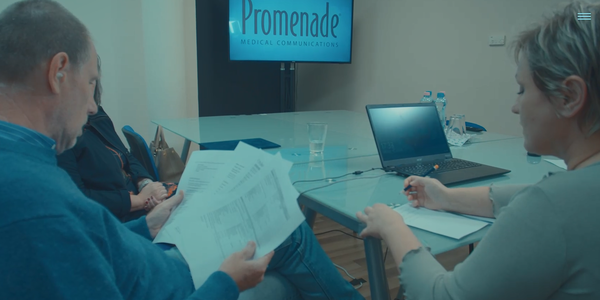-

Fototrend
Téma összefoglalónk újra és újra megújul, reméljük, elnyeri mindenki tetszését és segít a könnyebb tájékozódásban !
 Az alábbiakban DSLR (digitális tükörreflexes) és MILC (tükör nélküli cserélhető objektíves) fényképezőgépek vásárlásában szeretnénk tanácsot adni, figyelembe véve az aktuális piaci trendeket, felhasználói szokásokat és technológiai újításokat.
Az alábbiakban DSLR (digitális tükörreflexes) és MILC (tükör nélküli cserélhető objektíves) fényképezőgépek vásárlásában szeretnénk tanácsot adni, figyelembe véve az aktuális piaci trendeket, felhasználói szokásokat és technológiai újításokat.
Új hozzászólás Aktív témák
-

BiriBum
őstag
válasz
 Zozzer888
#13900
üzenetére
Zozzer888
#13900
üzenetére
A két érték gyakorlatilag tök ugyanaz (ld utolsó előtti mondat).
Az 50D szenzorjának pixelsűrűsége szignifikánsan magasabb, de ugyanakkor több a megapixel is.
Próbáld ki ugyanazzal a lencsével és kikapcsolt zajszűréssel.
Unlike the two previous scenarios in which light is either generous (studio) or stability is assured (landscape), photojournalists and action photographers often struggle with low available light and high motion. Achieving usable image quality is often difficult when pushing ISO.
When shooting a moving scene such as a sports event, action photographers’ primary objective is to freeze the motion, giving priority to short exposure time. To compensate for the lack of exposure, they have to increase the ISO setting, which means the SNR will decrease. How far can they go while keeping decent quality? Our low-light ISO metric will tell them.
The SNR indicates how much noise is present in an image compared to the actual information (signal). The higher the SNR value, the better the image looks, because details aren't drowned by noise. SNR strength is given in dB, which is a logarithmic scale: an increase of 6 dB corresponds to doubling the SNR, which equates to half the noise for the same signal.
An SNR value of 30dB means excellent image quality. Thus low-light ISO is the highest ISO setting for a camera that allows it to achieve an SNR of 30dB while keeping a good dynamic range of 9 EVs and a color depth of 18bits.
A difference in low-light ISO of 25% represents 1/3 EV and is only slightly noticeable.
As cameras improve, low-light ISO will continuously increase, making this scale open.
[ Szerkesztve ]
Új hozzászólás Aktív témák
Állásajánlatok
Cég: Promenade Publishing House Kft.
Város: Budapest
Cég: Alpha Laptopszerviz Kft.
Város: Pécs

 Az alábbiakban DSLR (digitális tükörreflexes) és MILC (tükör nélküli cserélhető objektíves) fényképezőgépek vásárlásában szeretnénk tanácsot adni, figyelembe véve az aktuális piaci trendeket, felhasználói szokásokat és technológiai újításokat.
Az alábbiakban DSLR (digitális tükörreflexes) és MILC (tükör nélküli cserélhető objektíves) fényképezőgépek vásárlásában szeretnénk tanácsot adni, figyelembe véve az aktuális piaci trendeket, felhasználói szokásokat és technológiai újításokat.

 Mr.Csizmás
Mr.Csizmás
